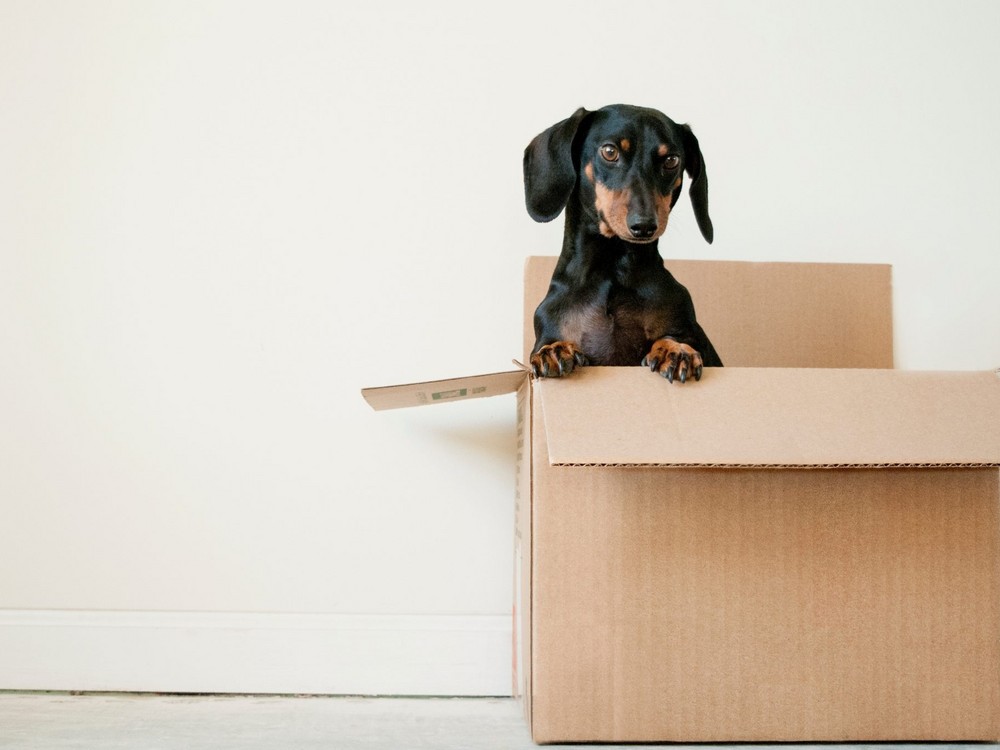Why the emptiness in the packaging must be perfectly measured

If Ikea carries furniture in kits, it is because it takes up less space and has a lower impact on transport. Is it the same when it comes to packaging chopped steaks, chips or appetizer cookies? It would still be necessary to define constraints or volume standards for the vacuum created or preserved around the product. Is reducing the weight of the packaging necessarily reducing its volume? And above all, what vacuum are we talking about in these conditions? "Because oxygen (O2) and carbon dioxide (CO2) are sometimes harmfull and often necessary for the preservation of food or processed products. It all depends on both the amount in contact with the product and the rate of replacement by outdoor air. Thus, less vacuum is equivalent to packaging closer to the product and therefore less volume of O2 or CO2; this raises the question of the quality of the envelope and the optimal shelf life desired for the product. These questions already require measurements, analyses of very high precision. This is, for example, what the instruments of the French manufacturer Anéolia allow for 15 years. Some manufacturers are equipped with them and perform regular sealing tests upstream and downstream of their production, in order to better protect both products and consumers. The standard changes are an opportunity for everyone to measure the progress to be made to defend the agri-food sector and the quality of 'made in France' products.


